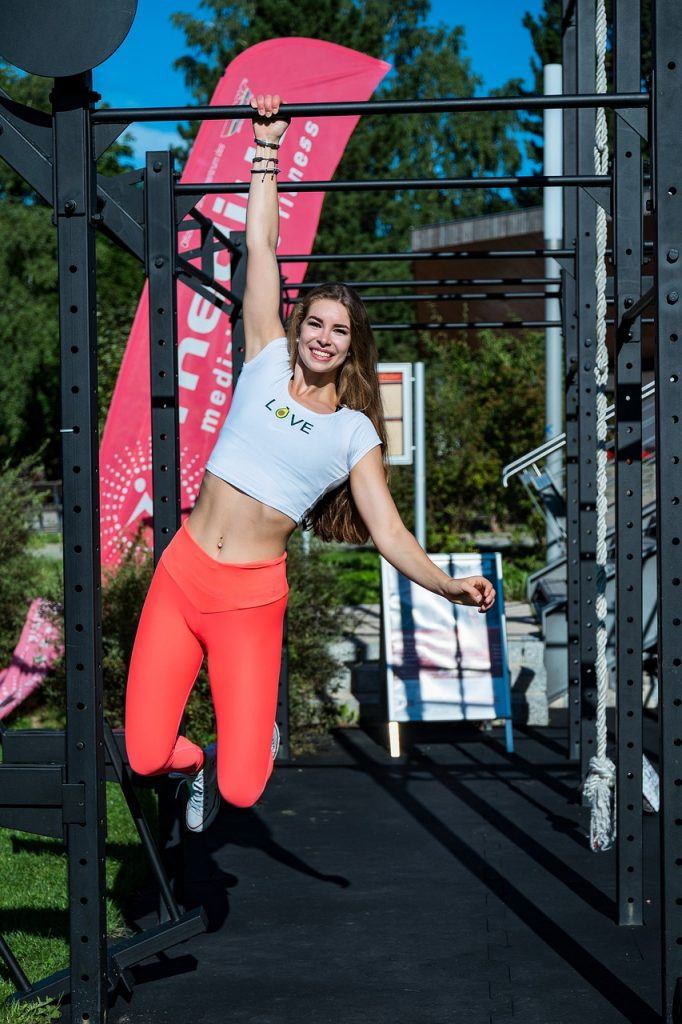

Women are impacted more than men in activities of daily life such as their side-lying sleep and weight-bearing activities/trainer workouts.

Fact: GT, or Gluteal Amnesia, or DBS, is the most common tendinopathy in our lower body. One’s forgotten and under-appreciated glutes may become a major cause of lateral hip pain.
Gluteal amnesia professional#
Many professional trainers may recognize these other synonyms for GT – namely Gluteal Amnesia, and/or Dormant Butt Syndrome (DBS). The medical term for this muscular forgetfulness triggered by tendinitis is Gluteus Medius Tendinopathy (GT). When our gluteal actions are inhibited, they may “forget” their main purpose of supporting our pelvis and keeping our lumbo-pelvic hip complex (LPHC) in proper alignment. The resultant tendinopathy can shut-down the muscle contractions, effectively inhibiting recruitment of the glutes. Chronic sitting coupled with excessive cardio (like running) without sufficient strength training can create tendon inflammation when the glute muscles are called on to perform repetitive actions the connective tissues is not equipped for. A client may experience a pain due to an irritated sciatic nerve that passes through each gluteal region.

A client may be inactive or spend an inordinate time in a sitting position, lengthening and weakening the muscles. Three examples of how gluteal dysfunction arises include: As our National Institute of Health advises, piriformis syndrome is quite common (with 3 million cases reported annually) and may last months to become a chronic pain in the ar$e – even with medical care. This neuromuscular disorder occurs when our long sciatic nerve is irritated by the deep piriformis muscle in either buttock. This author can speak with personal experience on both sciatica and piriformis syndrome 2, also known as Deep Gluteal Symptom. Their contractions and linkages to the pelvis and femur enable or support most human motions from our armpits to our knees.įor completeness, we should also consider regional muscles like the piriformis which can become a common source of backside or leg pain, and the psoas, which can create a hip flexor dominance, weakening the gluteal’s contraction. Three gluteal muscles are formed by eight skeletal muscle sections in each buttock.


 0 kommentar(er)
0 kommentar(er)
